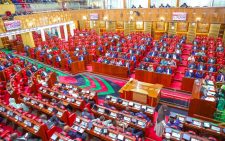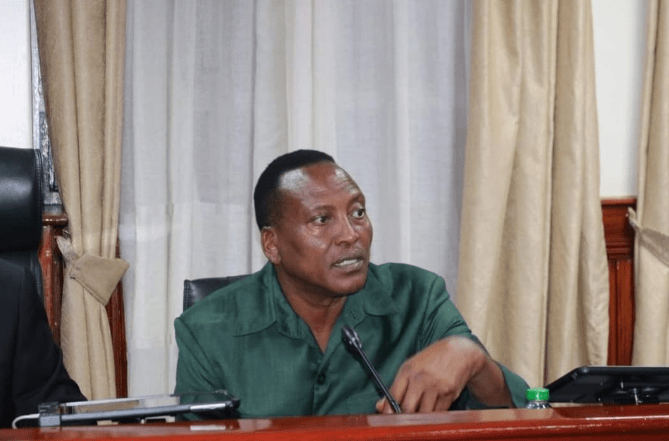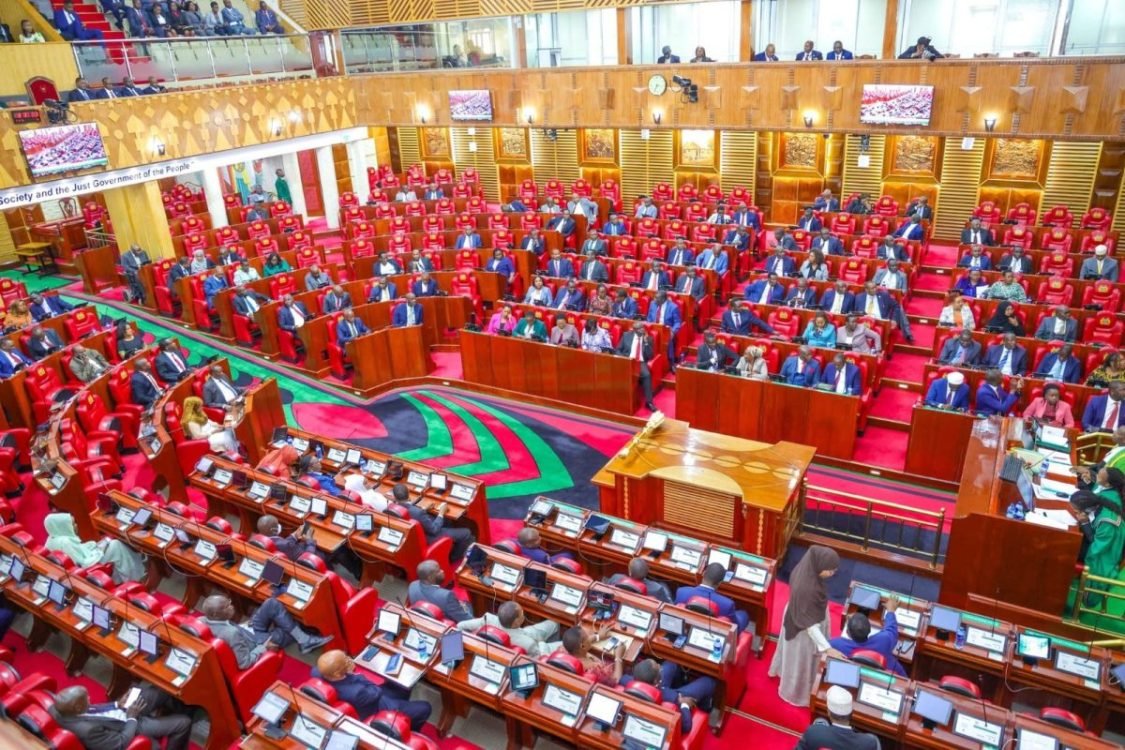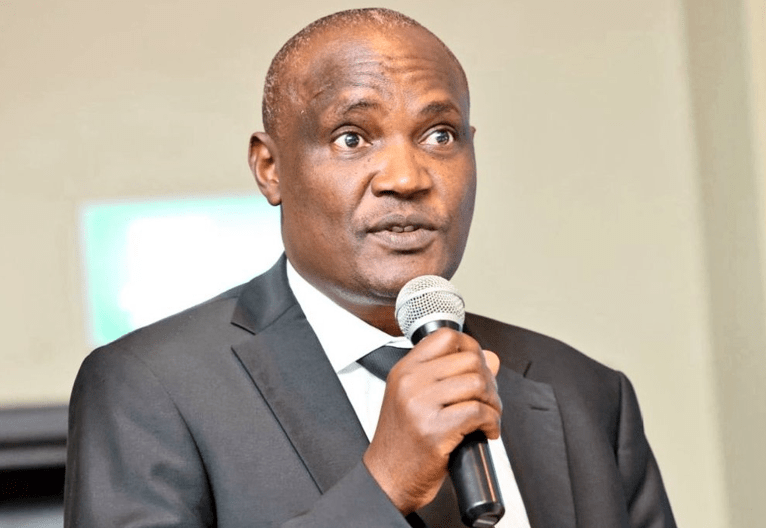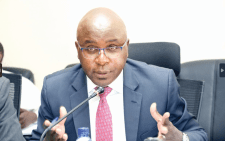Kenya Institute for Public Policy Research and Analysis (Kippra) says Kenya’s economic growth can accelerate to six per cent in the medium term if proper emphasis is put on attaining stability and strategic policy focus.
It notes in its latest report titled Enhancing Productivity for Sustained Inclusive Growth that the growth is contingent upon maintaining a stable political environment, favourable weather conditions, and global economic stability.
The report also emphasises that consistent policy implementation, stable inflation rates, and uninterrupted supply chains will also be critical drivers of this projected economic expansion.
According to the report, in 2023, Kenya’s economy demonstrated stronger growth, recovering from the disruptions caused during the Covid period, expanding by 5.6 per cent in the first three quarters of 2023, compared to a growth rate of 5.2 per cent in 2022.
It says the growth was driven by significant expansions in key sectors including the agricultural sector which rose by 7 per cent, the services sector by 6.4 per cent, and the manufacturing sector by 2.1 per cent.
The government’s Economic think tank says timely monetary policy responses helped anchor inflation expectations despite overall inflation breaching the government’s target band of 5 ±2.5 per cent.
“This breach was primarily driven by rising fuel prices, influenced by the implementation of Value Added Tax (VAT) on fuel and global oil market developments,” the report states.
According to Kippra, although lending rates increased with the rise in the Central Bank Rate in 2023, private sector credit growth remained resilient, growing by 13.9 per cent compared to 12.5 per cent in 2022.
The banking sector’s soundness indicators stayed within statutory thresholds, although there are ongoing concerns about increasing nonperforming loans.
The Kippra study indicates that on the fiscal front, the government remained committed to its fiscal consolidation plan, reducing the fiscal deficit from 5.6 per cent of the gross domestic product (GDP) in 2022/23 to an estimated 4.9 per cent in 2023/24.
It says this was made possible through prudent expenditure management and enhanced domestic revenue mobilisation efforts.
The study notes that public debt strategy, which focused on increasing the share of concessional loans, yielded positive results, though debt vulnerabilities remain high.
“Public debt sustainability continues to be exposed to exchange rate and interest rate shocks, global financial market volatilities, and rollover risks,” the report warns.






